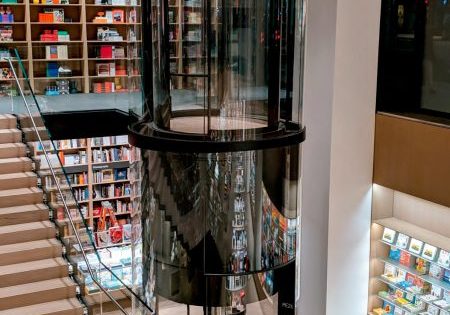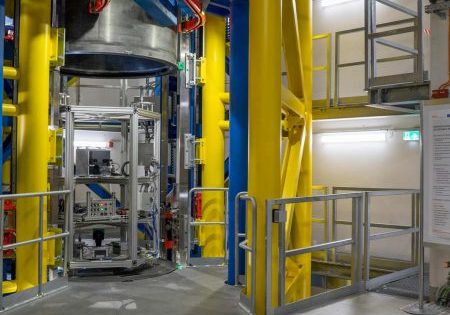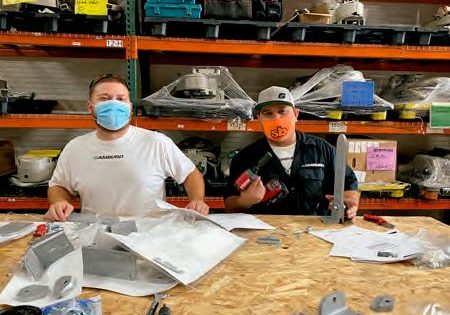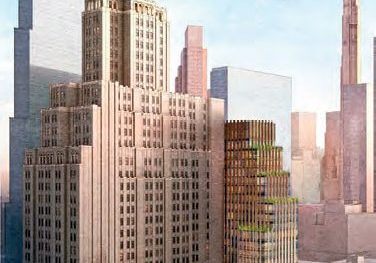Elevator Drive Obsolescence
Nov 1, 2020
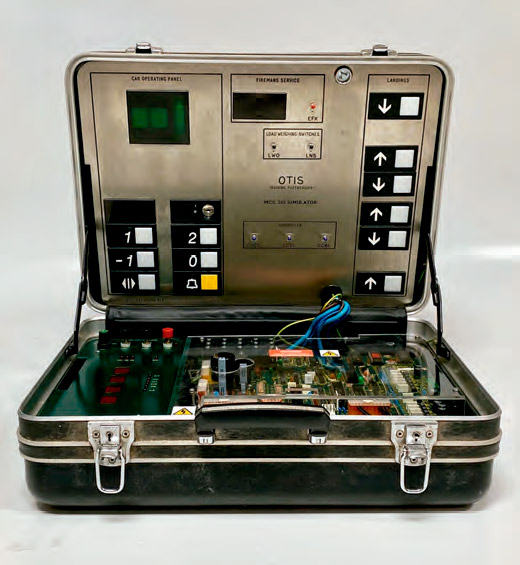
In this Readers’ Platform, your author asks the question, “Who decides why and when?”
Henry Ford II argued, “Obsolescence is the very hallmark of progress,” and I’m sure that most can agree that we have seen rapid progress in elevator technology over the past 30 years.
Technological advancement and obsolescence are two sides of the same coin. Just take a look at the laptop on your desk or the smartphone in your pocket. Replacing a phone or a laptop can be inconvenient, but it is relatively painless — often, even desirable. The same, however, cannot be said for elevators.
Recent elevator-technology advancements have been driven by energy efficiency, space savings and safety. This is welcome progress. However, to achieve this, lift technology has become very complex. Permanent-magnet motors, variable-speed drives (VSDs) and line regeneration are rapidly becoming standard. The drive is the heart of the elevator system. It is here that obsolescence becomes a major issue.
Most controller manufacturers will support proprietary components in the system for many years. However, in the case of VSDs, what is or what is not obsolescent is often a decision out of their control. Since the introduction of VSDs on elevators in the mid-1980s, maintenance providers have fought to keep ahead of the obsolescence problem.
As technology rapidly progressed, fueled by demand for machine-room-less systems, VSD offerings increased exponentially. To optimize performance of their own technologies, many international OEMs developed their own drives or customized mainstream manufacturer products. The smaller manufacturers used off-the-shelf drives from third-party suppliers. At NDC Elevator Drives, we are aware of and offer services on 329 different makes and models of elevator drives globally, and we still see something new at least once a month.
The pace of technological change, combined with the customization of the drive units, has led us to the point where very few of the drives in existing elevators are currently supported by their OEM. In some cases, when the drive fails, the controller or drive manufacturer offers no solution.
“A unit is not obsolete while there are parts, service and skilledlabor available.”
Replacement of the drive, replacement of the panel and replacement of the lift are not appealing options when the elevator needs to be running by the weekend.
Unless the OEM provides a true, like-for-like replacement for the faulty drive, changes will be required to accommodate physical fit, wiring, replacement encoders and parameter configuration. This is time-consuming, technically demanding and very costly. It is also worth noting that piecemeal upgrades of system components are likely to be inefficient and wasteful. On older lift systems, piecemeal upgrades make finding future faults and remedies increasingly difficult.
Obsolescence clauses in comprehensive elevator maintenance contracts are often cited by providers to mitigate the costs of replacing a drive unit. However, it can be argued that the units are not obsolete. We believe the term “discontinued” should be used for a model no longer produced or supported by the OEM. A unit is not obsolete while there are parts, service and skilled labor available.
Repair would be the obvious remedy. In most cases, elevator drives are different from conventional drives, as they incorporate specific functions for shaft learning, encoder angle offset, travel-curve calculators and elevator-specific safety functions. Finding a supplier with the capabilities to repair and service an elevator drive is not easy. Therefore, sending a drive to a general industrial electronic repair shop will often result in disappointment. If time is not on your side, even a fast and successful repair may not be an option.
“Service exchange” or “core exchange” has become increasingly popular over the past five years. This allows a replacement unit to be prepared without the need for a lengthy repair process. In this case, the reconditioned unit is simply exchanged for the faulty unit, and the elevator is returned to service. This offering is costlier than a repair, but the service is similar to that of purchasing a new unit. In terms of managing obsolescence, it allows the maintenance provider to quickly source and fit a replacement drive — identical to the original — often with a warranty that exceeds that of a new unit.
“Obsolescence is necessary, but not desirable, and cannot continue to be used as a sales strategy.”
There is some hope that at least “planned” or “simulated” obsolescence could be curbed. In an attempt to reach sustainability targets, both the European Union and U.S. have proposed “right to repair” legislation. Its aim is to encourage OEMs to consider the repair process when designing their products to make repair at least possible. Electronics can be highly toxic, and correct disposal is costly, so it makes environmental and financial sense to minimize waste.
Progress makes genuine obsolescence inevitable and necessary. Without it, elevators would not have become the safest form of transportation on the planet. When looking forward to the next 30 years, it is hard to imagine that a throwaway culture can continue to be tolerated. The unnecessary replacement and disposal of items such as VSDs consume too many resources and create too much pollution. Obsolescence is necessary, but not desirable, and cannot continue to be used as a sales strategy. Often, the best advice is to keep the lift as the OEM intended until it is time for a new elevator.
Jordan Griffin is the director at NDC Elevator Drives, headquartered in Manchester, U.K. The company specializes in the repair and service exchange of elevator drive systems worldwide.
Get more of Elevator World. Sign up for our free e-newsletter.



